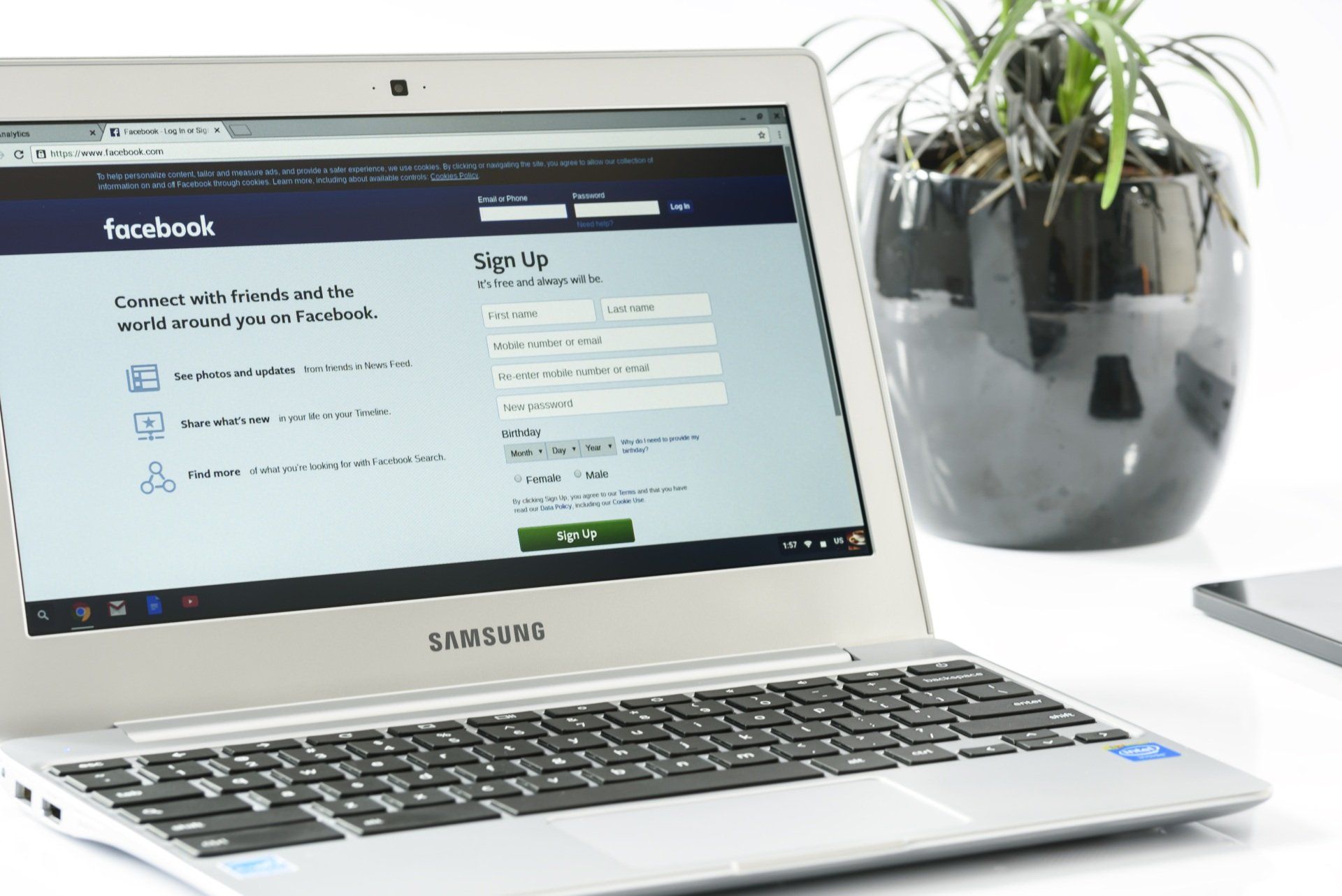Grow your business: Building a website to jumpstart your idea in 2023
Kick-start your journey online with a professional and effective website
Starting a new business venture can be an exciting and challenging process. With the rise of e-commerce and online presence, having a website is essential for any business that wants to establish credibility and reach a larger audience. In this blog post, we will provide a step-by-step guide for kick-starting your idea with a website in 2023.
Step 1: Define your business goals
Before creating a website, it's important to define your business goals and objectives. This will help you to determine the type of website you need, the features it should have, and the target audience you want to reach. Your business goals should include things like increasing sales, building brand awareness, and providing customer support.
Step 2: Research your competition
Researching your competition is an important step in creating a website. Look at the websites of other businesses in your industry, and take note of the features they offer, the design elements they use, and the overall user experience. This information will help you to identify what works well and what doesn't, and will give you ideas for your own website.
Step 3: Choose a website platform
There are several website platforms available, including WordPress, Wix, and Shopify. Each platform has its own advantages and disadvantages, so it's important to choose the one that best meets your needs. Consider factors such as ease of use, cost, and customization options when making your decision.
Step 4: Plan and design your website
Once you have chosen a website platform, it's time to start planning and designing your website. This includes things like determining the layout and structure of your site, choosing colours and fonts, and creating graphics and images. Consider creating a wireframe or mockup of your website to help you visualise the final product.
Step 5: Build and launch your website
With your design and plan in place, it's time to start building and launching your website. This involves coding and programming your website, adding content, and testing the site to ensure that it is fully functional. Once the website is live, be sure to test it on different devices and browsers to ensure that it is responsive and user-friendly.
Step 6: Optimise for search engines
Search engine optimisation (SEO) is an essential part of creating a website. This involves optimising your website for search engines like Google, so that it will be more easily found by potential customers. Some things to consider when optimising your website include keyword research, meta tags, and creating quality content.
Step 7: Promote your website
Once your website is live, it's important to promote it. This can be done through a variety of means, including social media marketing, pay-per-click advertising, and email marketing. It's also important to regularly update your website with fresh content, to keep your visitors engaged and coming back for more.
Creating a website is an essential step in starting a new business venture. By following these steps, you'll be able to kick-start your idea with a professional and effective website that will help you reach a larger audience and increase sales. Remember that your website should be a reflection of your brand and your values and it should be a powerful tool to achieve your business goals.
If you need help in creating a website that truly represents your brand and meets your business goals, don't hesitate to reach out to us here at avenue1design. Our team can help you build a website that is optimised for conversions and that will help you achieve your business goals.
Share it
Recent Posts


